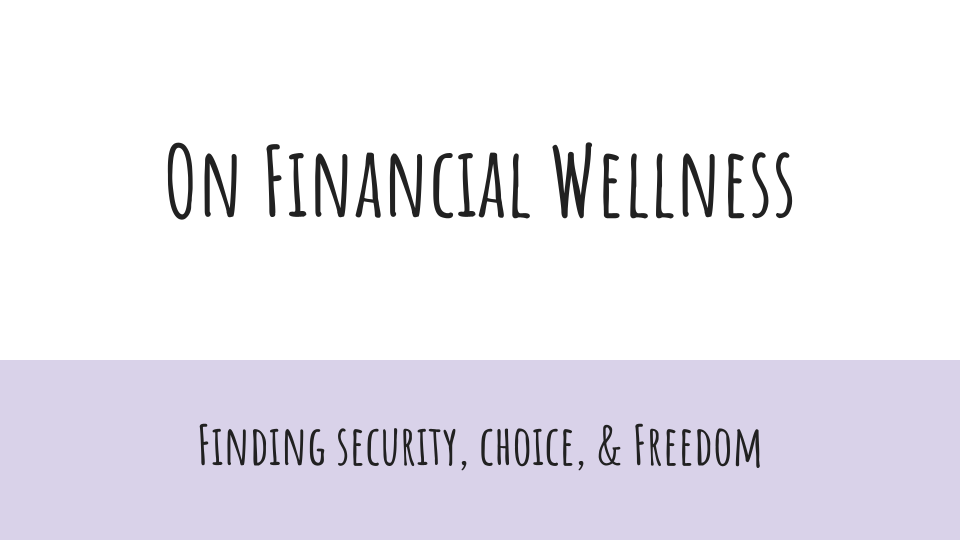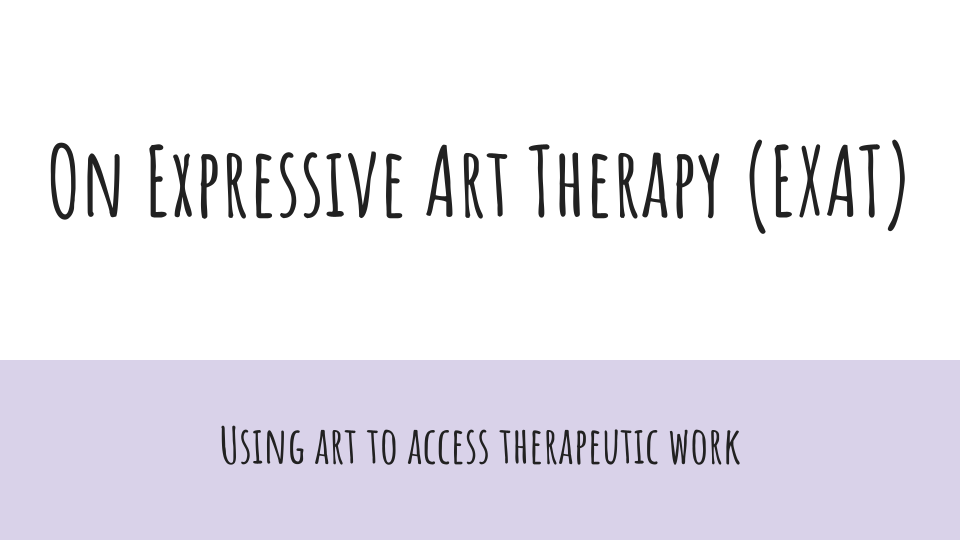On Environmental Wellness
Environmental Wellness is occupying spaces that promote an external and internal sense of safety and security. When one is ‘environmentally well,’ they enjoy the spaces they move into and through, and do not feel a sense of anxiety about spending time in these places. In this chapter we will examine ways that you can not only evaluate your environmental health, but also figure out how to shift the health of the spaces that need attending to.
Below you will find resources related to Environmental Wellness.
More about Environmental Wellness
Environmental Wellness is occupying physical spaces that promote your own sense of safety, health, and well-being. This can be something as small as your bathtub, or something as large as the Canadian Rockies. We are talking about spaces where you feel free to be yourself and explore who you are in this environment.
How do I know if the spaces I occupy promote this sense of wellness?
Start off by writing out the list of spaces that you spend the most time in. This normally looks something like: home, car, office, gym, etc.
Write about each of these, describing what feels safe and comforting in these spaces, and what feels unsafe or uncomfortable. Really get into detail here - the more you know, the greater self-awareness you will have in determining to stay or leave a space.
Now, write about other areas that bring you a sense of environmental wellbeing. This might be where you took that vacation two years ago or the trailhead you visit every Tuesday. What is it about those spaces that feel so good to you? Again, the more detail the better.
See what themes emerge in these safe & comfortable spaces. What values are associated with these themes? What people? What are you doing in these spaces that brings you so much joy? Repeat these same questions with the spaces that feel less comfortable.
With all this information, determine what you need to do to further facilitate your sense of environmental wellbeing. This might be choosing new spaces to occupy or new people to occupy those spaces with. Or, for places like your home, identify what you can do to shift the space to help foster this sense of safety.
Share this with your partner & family, especially if this is concerning a space that you all occupy together. Think about what you can each do to create an environment that feels inclusive to all.
And, as always, feel free to bring your thoughts to our sessions together.
Environmental Wellness Suggested Activities
Take time this week to consider the following activities related to exploring Occupational Wellness. There are several different options for you to explore in case one modality works better for you. Please note that your Conversation Prompts can also make great Journal Topics.
Journal Topics
First, complete the steps listed in the article above. Then answer the following questions:
How do my current environments promote this sense of wellbeing?
What currently feels in-alignment? What feels out-of-alignment with my goals for environmental well-being?
What did I witness in my family of origin regarding environmental well-being? What messaging did I receive around creating and maintaining a sense of environment? How have those messages shaped my experience today?
What are some small steps that I can take today to create a stronger sense of environmental well-being? How will I know if these shifts feel congruent to my holistic health?
Conversation Prompts
With your partner, family member, or trusted friend, discuss the journaling exercises above. Name what came up for you as you considered your currently occupied spaces. Discuss ways you can move to a higher level of environmental health and wellbeing.
What are spaces that are within your control to shift? Which are out of your control? What can you do to take more ownership in these spaces without breaking your own personal values?
Experiential & Artistic Activities
Take time to create a physical representation of your current environmental wellness. Notice what emerges emotionally for you as you create. Afterwards, choose to either edit the piece or create a new one to represent your ideal sense of environmental wellbeing. Again notice the emotions that arise as you tap into your ideal.
Create space in your week to spend time in a healthy environmental space each day. This could be the 15-minute walk you take at lunch through the botanical garden, or an hour bath after the kids are in bed. If possible, allow yourself time to set this space up exactly how you want it to look and feel. See if you can set intentions before you step into these environmentally healthy places. Notice how you feel before and after spending time in these spaces. Track what comes up for you holistically (physically, mentally, emotionally, spiritually) while you are in these spaces.
Additional Resources on Environmental Wellness
Documents/Books on Environmental Wellness
National Institute for Health Environmental Wellness Toolkit
Ecotherapy: Healing with Nature in Mind, by Chalquist & Buzzell
Soulcraft, by Bill Plotkin
Videos on Environmental Wellness
Did you enjoy this chapter? Share the Classroom with your community!
Other Chapters in WELLNESS
Check out the Rest of the Classroom!
References
Amaya, M., Mazurek Melnyk, B., & Neale, S. (2019). Environmental wellness. Nebraska Nurse, 52(3), 10–11.
Atkins, A., & Snyder, M. (2018). Nature-based expressive arts. London: Jessica Kingsley.
Banzhaf, S., Ma, L., & Timmins, C. (2019). Environmental Justice: The Economics of Race, Place, and Pollution. Journal of Economic Perspectives, 33(1), 185–208. https://doi.org/http://www.aeaweb.org/jep/
Bessone, E. (2019). Implications and Applications of Eco-Therapy on Art Therapy.. Retrieved from http://search.ebscohost.com/login.aspx?direct=true&db=edsbas&AN=edsbas.4906FA44&site=eds-live&scope=site
Buzzell, L., & Chalquist, C. (2009). Ecotherapy : healing with nature in mind. Sierra Club Books. Retrieved from http://search.ebscohost.com/login.aspx?direct=true&db=cat04042a&AN=app.b3693510&site=eds-live&scope=site
Matsumura, J. L. . (2016). Ecotherapy as a Tool for Mental Wellness. Vermont Connection, 37, 103–110. Retrieved from http://search.ebscohost.com/login.aspx?direct=true&db=eue&AN=114157520&site=eds-live&scope=site
Plotkin, B. (1950-). A. (2003). Soulcraft : crossing into the mysteries of nature and psyche / Bill Plotkin. New World Library.
















